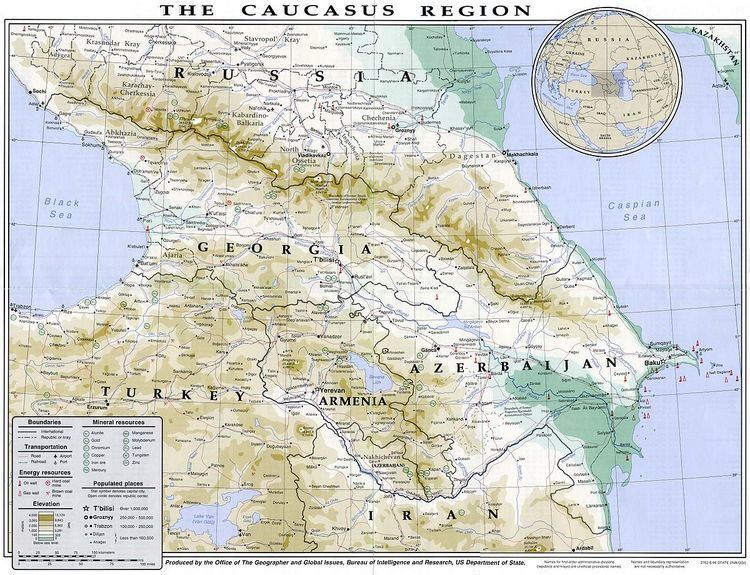 | ||
Armenia, a former republic of Soviet Union, is a landlocked country in the South Caucasus between the Black Sea and the Caspian Sea. The country is bordered on the north by Georgia and Iran to the south; Azerbaijan lies to the east and Turkey to the west.
Contents
Economic conditions in Armenia
The developing country is plagued by numerous ongoing economic and developmental problems that can be largely attributed to Armenia's poor geographic location combined with other economic and social factors.
According to Forbes magazine, Armenia had the second worst economy in the world in 2011 in terms of gross domestic product growth, inflation (including the International Monetary Fund’s 2012 estimates), GDP per capita, and the balance of trade. With a mediocre growth forecast for the next few years, the country suffers from high inflation and has a GDP per capita less than one third that of neighboring Turkey. Armenia's adverse geographical location is exacerbated by strained ties with Turkey and Azerbaijan and the borders to both countries are closed.
Lack of direct access to markets in Turkey and Azerbaijan due to poor diplomatic relations means that Armenian goods also suffer from a lack of access to markets in other regional countries. Furthermore, with a population of approximately 3.2 million, Armenia has a small domestic market with demand insufficient to stimulation significant growth.
High transportation cost
As a landlocked country with no direct access to main shipping routes, Armenia must trade across borders to reach major world markets in North America and Europe in order to maintain sustainable economic growth and development. Cross-border trading, however, incurs higher transaction costs and reduces competitiveness and trade volume. In Armenia, poor existing physical infrastructure such as roads and railways compounds this problem by further raising the risk and cost of transport. Much of Armenia's infrastructure was built during the Soviet period and is in need of repair and renovation.
